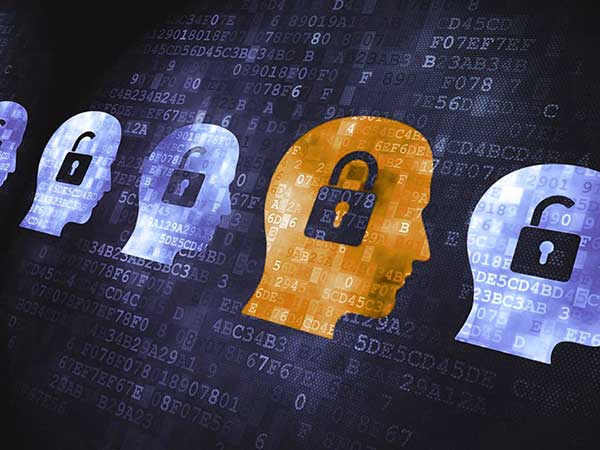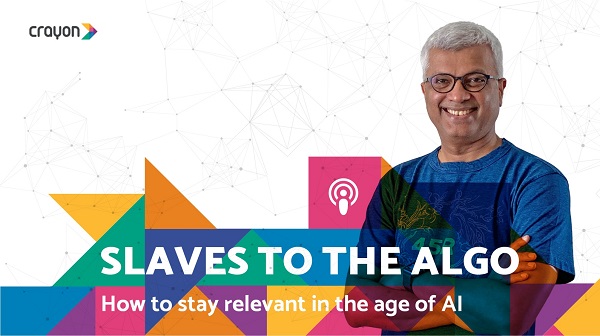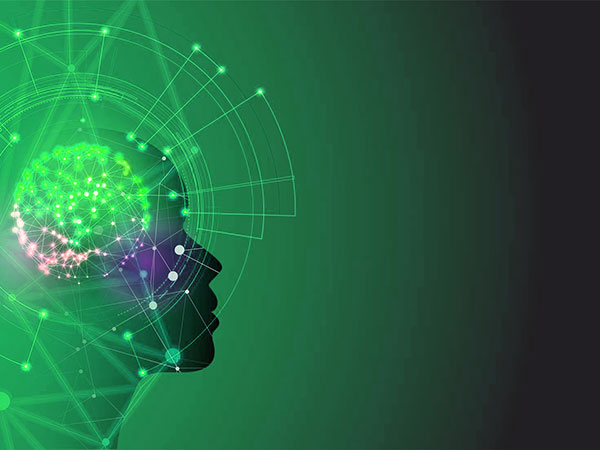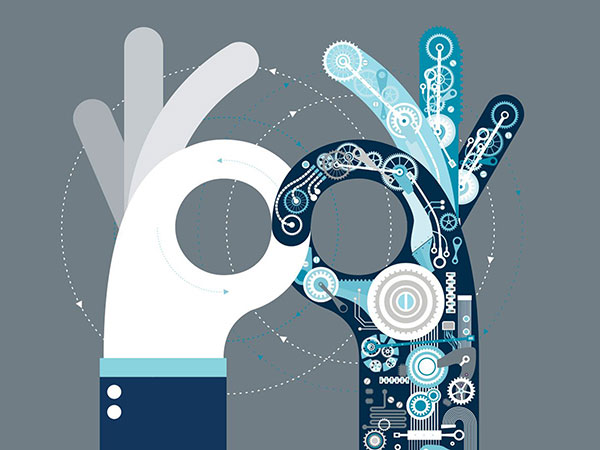When an ongoing, recently discovered and highly contagious virus needs to be tracked and contained, this can prove difficult. Nothing has illustrated this challenge more than the COVID-19 pandemic.
There is an overall lack of consensus about the new coronavirus and how it is affecting major industries. This is coupled with a real sense of urgency to take action to stop infections. Experts have found themselves poring over large mounds of data, trying to make connections and find patterns, usually with the help of technology.
As we learn more about this virus, it has become clear that big data and artificial intelligence (AI) are vital tools in fighting back against the pandemic. From pharmaceutical companies researching vaccines to the US government trying to stop the spread, many are embracing AI to get the job done.
In this aspect, the COVID-19 pandemic is very interesting because it is the first serious infectious outbreak to occur in societies with semi-advanced AI capabilities.
Keeping Up with the Coronavirus
Experts now know that COVID-19 has been difficult to contain for two main reasons: the virus is highly contagious, and many infected people show no signs of being sick. It has become integral that authorities be able to quickly pinpoint who has been in contact with an infected person and request for them to quarantine immediately.
Failure to do so will almost inevitably result in more infections and death. That’s also not to mention the economic impact of the virus as well. As a result of the virus and the lockdowns, credit card spending from consumers is at an all time low, the unemployment rate hit one of its highest levels ever, and the U.S Federal Government has pushed through massive stimulus packages in an attempt to mitigate the economic recession. Urgent action is needed.
A partnership between big data and AI may be the key in reducing the spread of coronavirus. Many tech experts, most notably Bill Gates, have been critical about the government responses to the virus and vocal about the need for such governments to invest in better technology to handle future pandemics.
Coronavirus has not been the first outbreak to affect international health, and it certainly won’t be the last. The technology is available for tracking infections, but in many cases is not being utilized. Many governments have been eager to mandate encryption backdoors to increase their ability to surveil citizens.
The US government has already been using AI for over ten years now to holistically track national security threats in real time. The Joint Analytic Real-Time Virtual Information Sharing System (JARVISS for short, which is a nod to Robert Downey Jr’s virtual assistant in the Iron Man franchise) was announced over a year ago. The program began as an anti-terrorism mechanism in response to the Fort Hood shootings and is now being adapted for pandemic use.
In a TED Talk five years ago, Bill Gates lamented that militaries regularly engage in strategic “war games”, but never pandemic simulations, which he refers to as “germ games”. Consider the once popular game Plague, an app that is automatically installed on every Android phone and was recently banned in China.
This simple game is an example of how data can be used to create maps and track the spread of disease in real life, although obviously with much higher stakes. As it turns out, AI’s ability to increase security is applicable in the cyber world, on the battlefield and even in the face of a pandemic.
Can AI Predict and Contain Pandemics?
Interestingly, in a survey by the Global Health Index, the USA scored higher than any country in “pandemic readiness.” It’s true that media reports make it seem that the US is overwhelmed with coronavirus sickness.
However, the high infection rates may have more to do with the fact that the US has steadily provided the highest rates of testing to its citizens, resulting in more official infections being recorded. This is a prime illustration of how big data can transform the healthcare industry and enable medical experts to quickly identify infected persons.
If a patient is found to be infected with coronavirus, AI can quickly identify the areas the patient visited using GPS data and cell phone data. This can then alert the AI system to send out messages in real time to all those who came in contact with the infected person, recommending that they get tested or stay in quarantine.
Messages related to the pandemic are more likely to be read and taken seriously, although it’s important that people know how to be protected by coronavirus scams that have become rampant.
AI is even used to predict possible future pandemics, which was first seen back in the 2009 tech program called Predict. The research worked by gathering data on all zoonotic threats, or viral infections discovered in animals that have the potential to jump over to humans, and noting their locations.
AI then analyzes these areas based on the local human behavior that is most likely to result in spillover. Areas where deforestation is ongoing or purchasing food from live animal “wet markets” is commonplace are highlighted as high-risk areas for an animal-to-human viral transmission. Unfortunately, Predict and many programs like it have been underfunded and, as such, are limited in their scope.
It’s not just the government that is using AI for pandemics. Boston Children’s Hospital, for example, has used machine learning to combat the coronavirus. The algorithm combs through social media posts, detecting words and phrases that indicate a possible infection. For example, if someone wrote “feeling sick today” or posted the “sick with fever” Emoji, this person would be tagged as someone who was possibly infected.
The machine would calculate the possibilities of this illness being coronavirus-related by reviewing the data regarding confirmed infections in the user’s area. Boston Children’s Hospital was even able to create a map showing all the possible infections. The map pinpoints areas where an infection explosion might be impending as well.
Is AI Good or Bad?
Although AI can be used to manage large amounts of data in real time and effectively contain pandemics, it does come with some drawbacks. The amount of personal data being collected can also be used for malicious purposes. This can be seen on a high level in China, where AI tech is used to enforce strict censorship and filter information.
It was actually due to AI that the first news of the coronavirus was detected, despite a cover up by Chinese authorities. Dataminr claims to be the first to have issued an alert to its clients regarding the coronavirus. The app’s algorithms picked up on social media chatter in China regarding a deep cleaning of the wet market in Wuhan, and made the connection.
For many people, the consequences of being surveilled by the government far outweigh the benefits of technology in tracking a pandemic. After all, like any powerful tool, AI can be used for both good or bad.
To be more specific, there will always be AI used for the common good as well as AI used to oppress citizens. It’s for this reason that many citizens from around the world take action to preserve their online privacy as much as possible with a variety of measures. These include covering up webcams with covers, encrypting network traffic with special routers that come with AI protection measures, disabling GPS capabilities on our phones, and only using private web browsers to name a few things.
But at the same time, we can’t help but ask ourselves this question: are measures such as these truly enough, or do they only provide a false sense of security against surveillance from the authorities?
Conclusion
The modern world is increasingly being defined by the large amounts of data, both private and public, that are available for analysis. Using the computing power of machine learning and AI, we now have the technology to gather massive amounts of information, analyze patterns and quickly devise effective strategies and responses.
As AI grows more complex and powerful, we will see this technology providing huge benefits to all industries, especially those in healthcare, public policy and scientific research. However, we must always be alert regarding the potential of data mining and AI to infringe on civil liberties and privacy laws – a delicate balance that will surely define the years to come.























